Manyflower beardtongue
Manyflower beardtongue (Penstemon multiflorus) has many showy white flowers that attract a number of pollinators, including hummingbirds. The plant is a larval host for the Baltimore checkerspot.
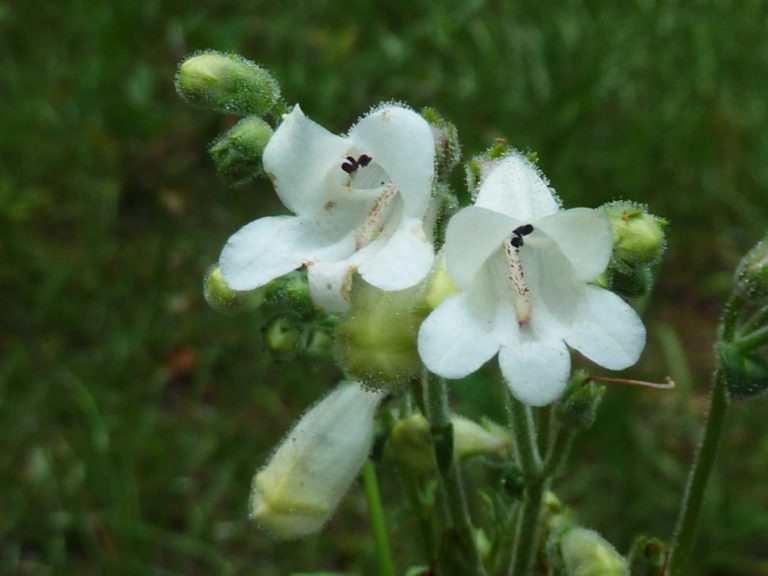
Manyflower beardtongue (Penstemon multiflorus) has many showy white flowers that attract a number of pollinators, including hummingbirds. The plant is a larval host for the Baltimore checkerspot.

Also known as False mint, Sixangle foldwing (Dicliptera sexangularis) is a modest yet eye-catching wildflower found in coastal hammocks and strands, ruderal areas and mangrove swamps, and along salt marsh edges. It typically flowers spring through early fall, but may bloom year-round. Its bright red blooms are particularly attractive to hummingbirds and butterflies. The plant is a larval host for the Cuban crescent butterfly.
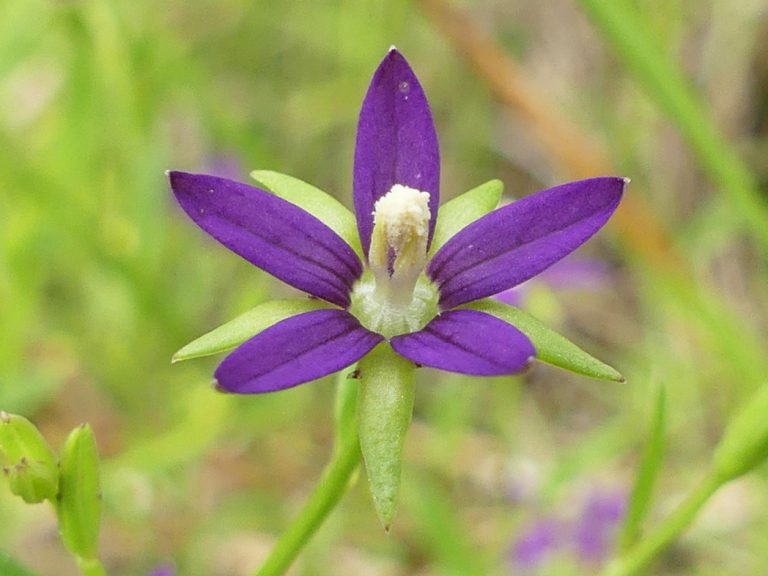
Florida bellflower (Campanula floridana) is an herbaceous perennial wildflower endemic to Florida. It is found in moist meadows and along pond, marsh and stream margins and moist roadsides. Its delightful violet flowers bloom in spring and mainly attract bees and butterflies, although hummingbirds also have been known to visit them.
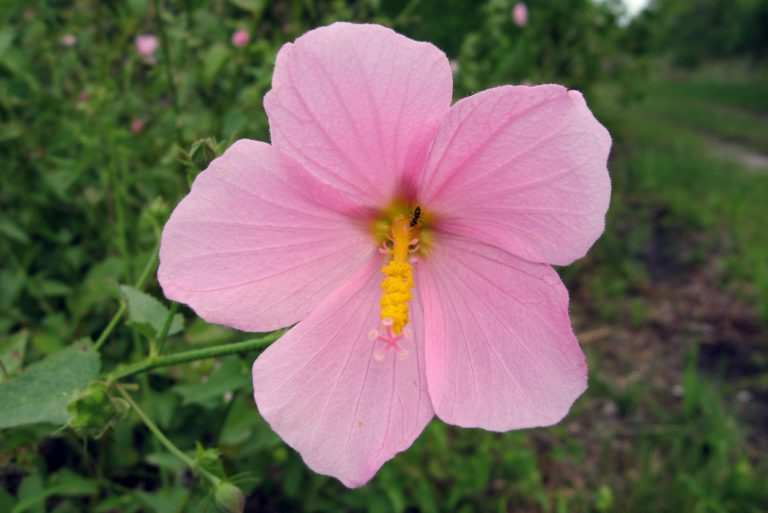
Virginia saltmarsh mallow (Kosteletzkya pentacarpos) is a shrub-like wildflower with showy pink blooms. It occurs naturally in salt and freshwater marshes, swamps, sloughs, coastal swales and wet thickets throughout much of the state. It blooms spring through fall, peaking in summer and attracting butterflies, hummingbirds and ants.
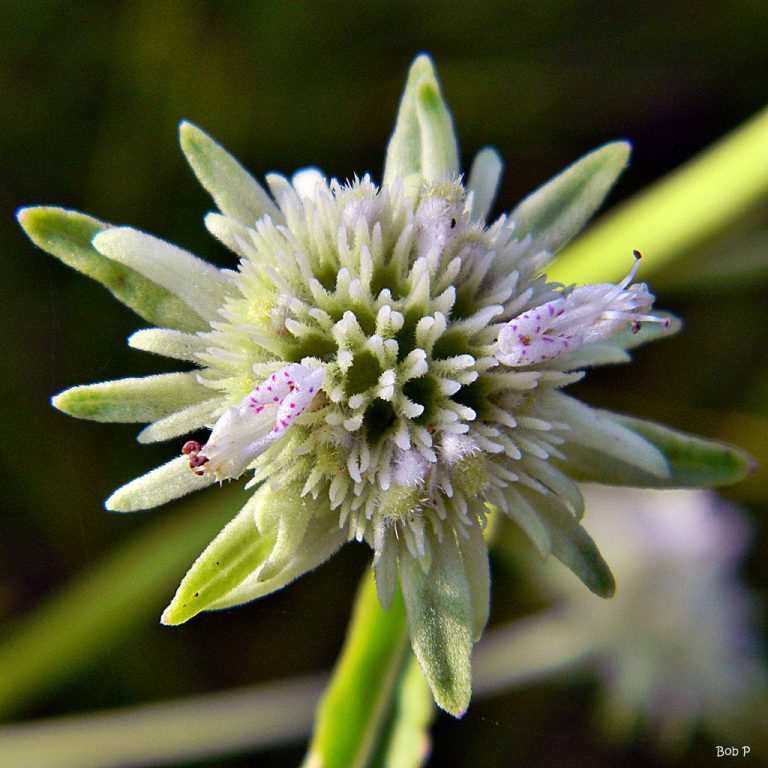
Clustered bushmint (Hyptis alata) occurs naturally along pond and swamp margins, in moist roadside ditches, and in wet prairies and pinelands. It typically blooms spring through fall, but may bloom year-round. The small flowers attract a variety of pollinators, including bees, butterflies, wasps and occasionally hummingbirds. When crushed, the plant emits a musky fragrance, giving it another common name, Musky mint.
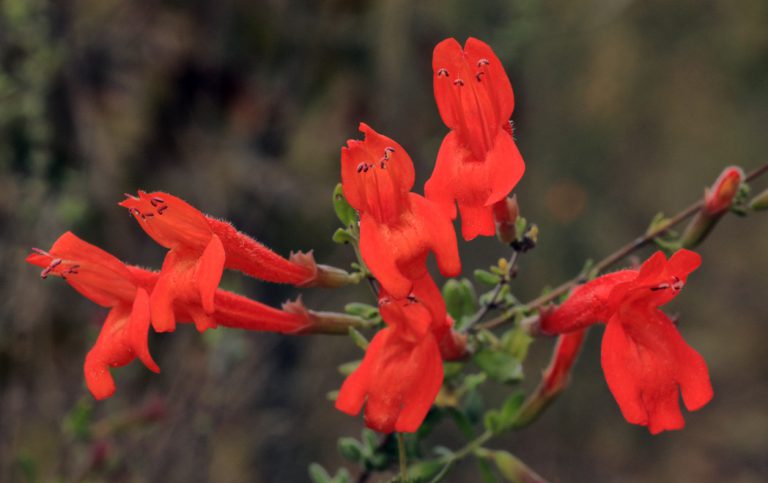
The brilliant red flowers of Scarlet calamint (Calamintha coccinea) offer a dramatic contrast against the backdrop of scrub, sandhill and coastal dunes where the plant naturally occurs. The long, nectar-rich flowers are particularly attractive to hummingbirds and large butterflies. They bloom in abundance in early spring and late fall, but may flower sporadically throughout the year. In peak bloom, a single plant may produce 100 or more flowers.
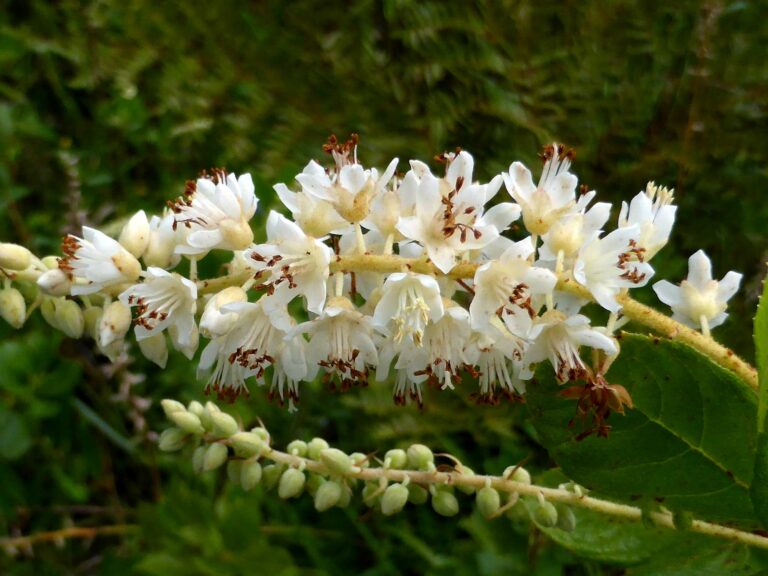
Summersweet (Clethra alnifolia) is an excellent plant for wildlife. Its showy, sweet-scented flowers bloom spring through summer, attracting hummingbirds, bees, butterflies and other pollinators. Birds and small mammals consume the fruits.
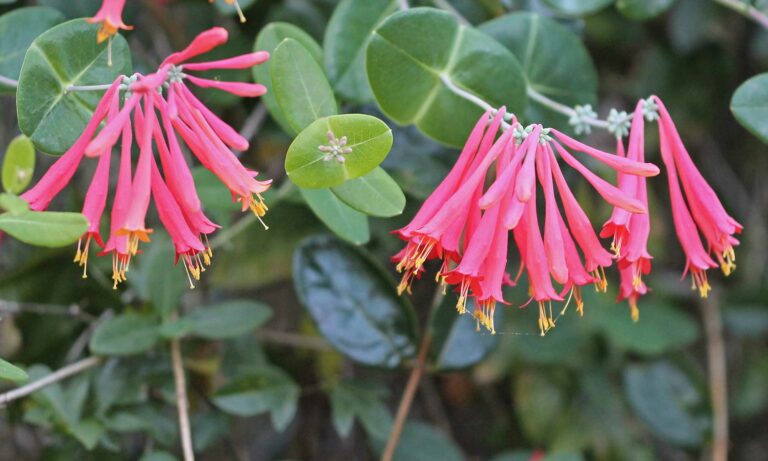
Coral honeysuckle (Lonicera sempervirens) flowers are attractive to many butterflies, and hummingbirds find them irresistible. Birds such as Northern cardinals enjoy the bright red berries.
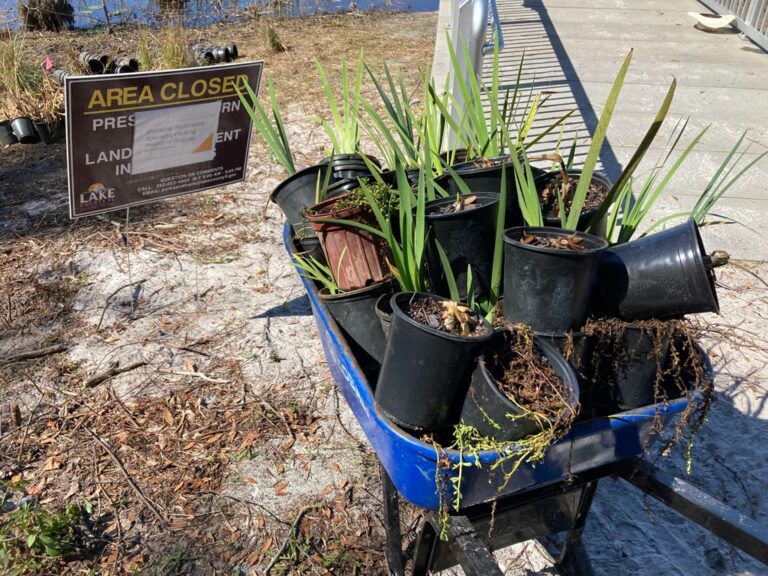
A stretch of shoreline along Lake May will soon be aflutter with butterflies, bees, hummingbirds and other native pollinators thanks to Lake County Parks and Trails and the Florida Wildflower Foundation.
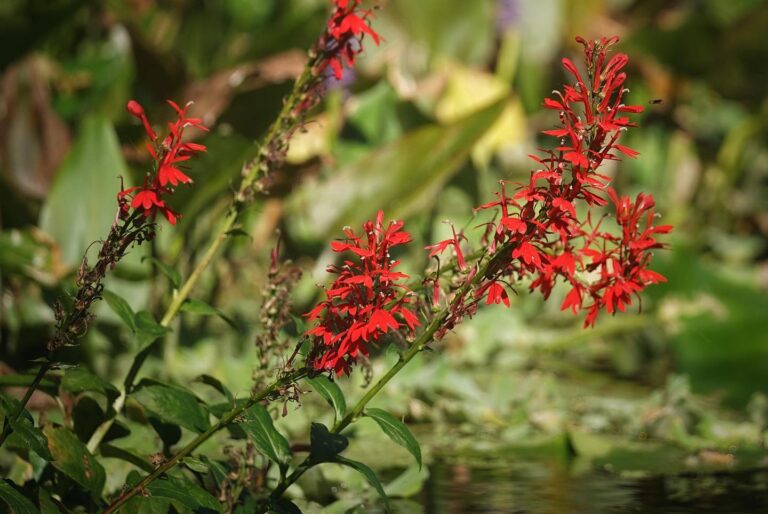
Cardinalflower (Lobelia cardinalis) is an aquatic wildflower with erect spikes of brilliant red blooms that attract hummingbirds, butterflies and bees.
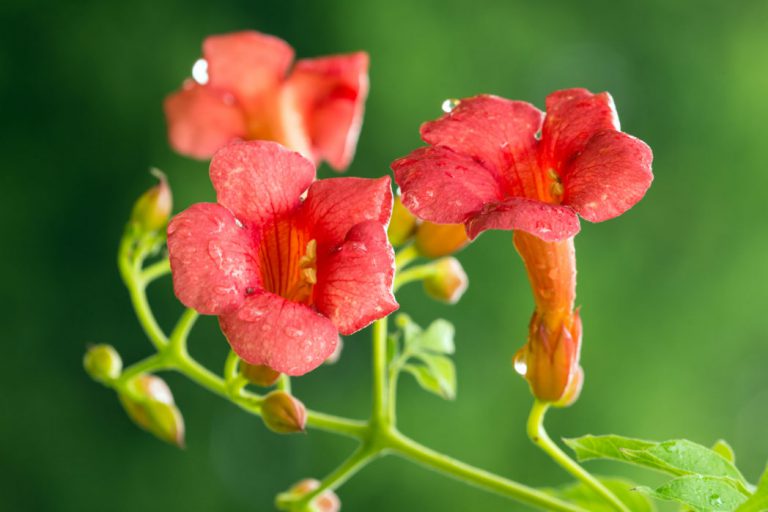
Trumpet creeper (Campsis radicans) is a high-climbing woody vine so named because its showy flowers are trumpet-shaped. They bloom year-round and are very attractive to hummingbirds.
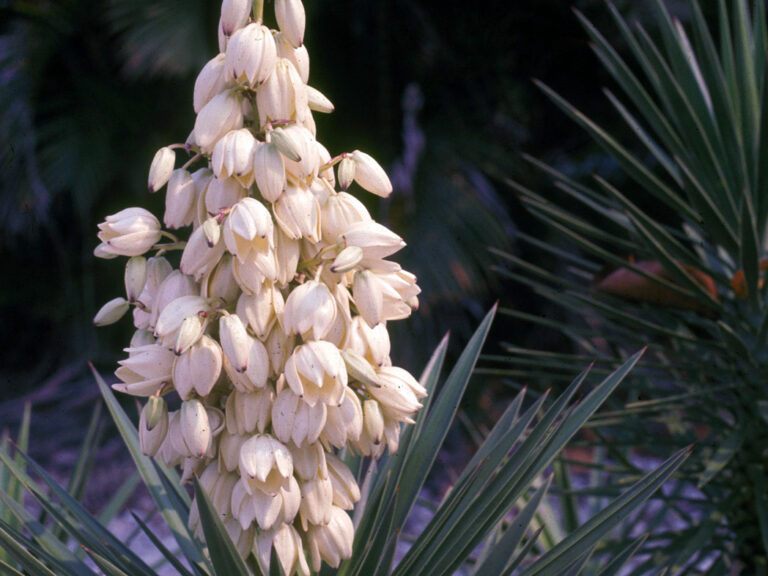
Spanish bayonet (Yucca aloifolia) flowers spring through fall and provides food and cover for a variety of wildlife. The blooms are frequented for their nectar by hummingbirds and butterflies.